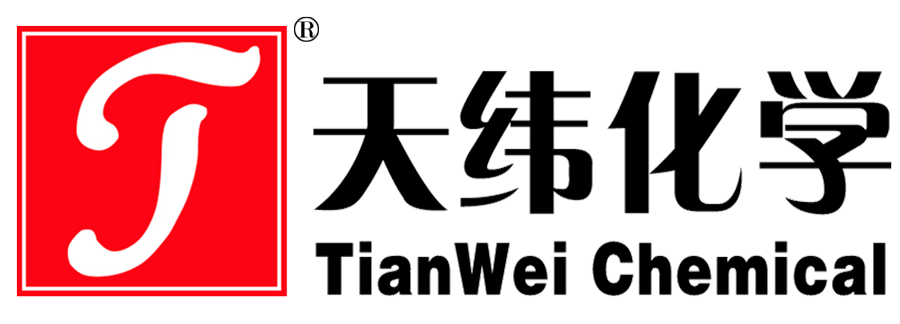What non-oxidizing fungicides are used in industrial recycled water? Isothiazolinone and other mainstream comparison(一)
According to incomplete statistics, there are nearly 100 kinds of fungicides used in industrial circulating water treatment in China, which can be roughly divided into two categories: oxidizing fungicides and non-oxidizing fungicides. The oxidizing fungicides are mainly halogen fungicides and some peroxides. There are many kinds of non-oxidizing fungicides with different functions. There are few researches on non-oxidizing fungicides. This paper summarizes the research and application of non-oxidizing fungicides in industrial circulating water treatment based on the operation status of industrial circulating water.
According to the structure of various non-oxidizing fungicides, they can be roughly divided into two categories: polymer and non-polymer. Polymers include polyquaternary ammonium salt, polyhexamethylene-guanidine, etc. Non-polymers include isothiazolinones, glutaraldehyde, quaternary ammonium salt, quaternary phosphonium salt, organic sulfur, etc.
1.1 Polymer non-oxidizing fungicide
1.1.1 Polyquaternary ammonium salt
Polyquaternary ammonium salts used in industrial circulating water treatment are usually epichlorohydrin dimethyldiallyl ammonium chloride copolymer or polydimethyl diallyl ammonium chloride copolymer, which are strong cationic polymers with good water solubility, can be miscible with water in any proportion, are not sensitive to pH value, and have chlorine degradation resistance. This fungicide can kill or control the growth of various algae, is an effective slime control agent, used as a fungicide dosage is generally 20 ~ 50mg/L, used as slime stripping agent dosage is generally 50 ~ 200mg/L. In the circulating water system, it is non-toxic, tasteless, no foam, and has the effect of reducing turbidity, which solves the problem of foaming when using quaternary ammonium salt as a slime stripping agent, and is a multi-functional non-oxidizing fungicide. Due to its high cation degree, it cannot be mixed with anionic surfactants when used.
1.1.2 Polyhexamethylene-guanidine (PHMG)
PHMG is an environmentally friendly polymer fungicide with positive charge after being dissolved in water, which can be well adsorbed on the surface of negatively charged bacteria and viruses, thus inhibiting the division function of microorganisms and causing bacterial viruses to lose reproductive ability. At the same time, due to the film adsorbed on the surface of microorganisms, the respiratory channel of microorganisms is blocked. Causing the microbes to quickly suffocate. PHMG is non-toxic, odorless, non-combustible, non-explosive, non-corrosive, no side effects, safe to use, cost-effective advantages.
1.2 Non-polymeric non-oxidizing fungicides
1.2.1 Isothiazolinone
Isothiazolinone is the generic name for a class of derivatives, whose common groups are divided into 2-methyl-4-isothiazolin-3-one and 5-chloro-2-methyl-4-isothiazolin-3-one, and the commercial isothiazolinone is a 1:3 mixture of the two [8]. Its antibacterial ability is strong, the pH range is wide and does not foam, and the growth of bacteria can be well controlled at a low concentration. Good miscibility, compatible with chlorine, corrosion and scale inhibitors, most negative, cationic and non-ionic surfactants. It is harmless to the environment and degrades quickly in water. However, isothiazolinone has poor peeling effect on microbial slime, and its bactericidal activity will be destroyed when there is sulfide, so it can only be used as an auxiliary bacteriostatic means when using isothiazolinone.




